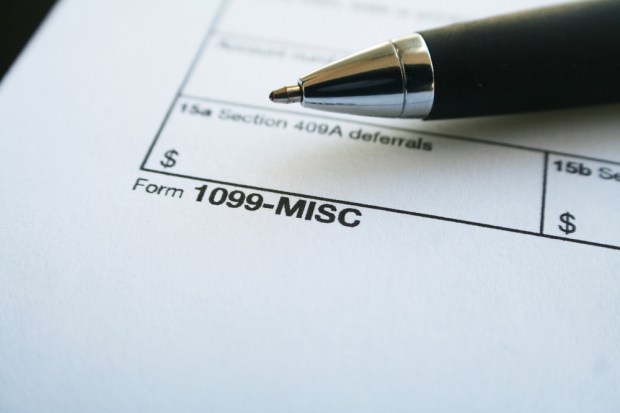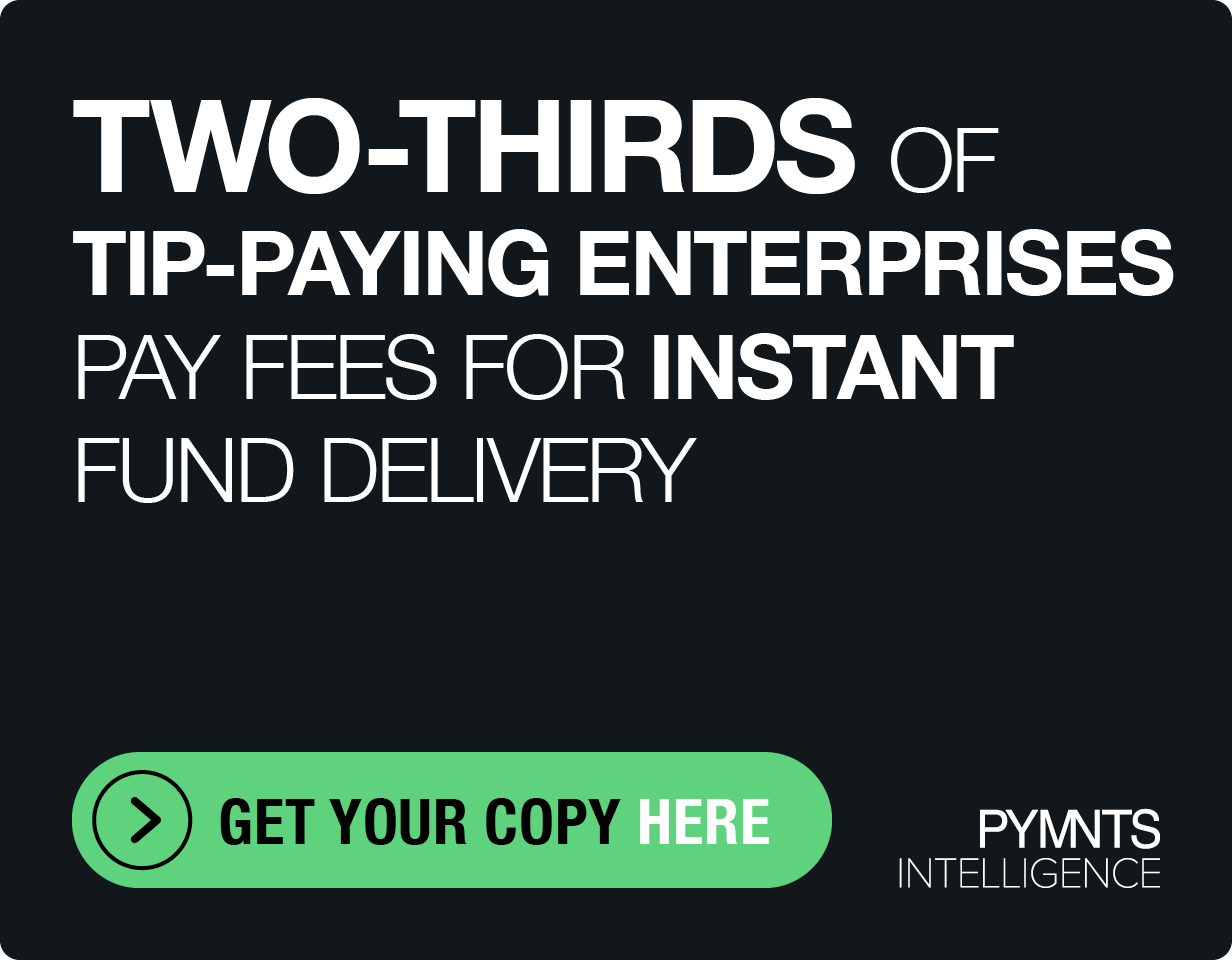ADP: An Unlikely, But Likely, Player In Paying Gig Workers

Gig workers are an exploding workforce in the U.S. According to the PYMNTS.com Gig Economy Index, these workers account for 3.7 percent of total GDP — which amounts to more than $711 billion in income this year alone. At the same time, payroll cards are experiencing their own growth spurt. Researchers at Aite Group calculated nearly 6 million active payroll cards in use this year, a number expected to grow steadily towards 8.4 million by 2022.
Coincidence? Not when you consider the demand among the burgeoning gig worker community for faster, digital compensation for their work.
According to Doug Politi, president of added value services at ADP, payroll cards can be a tool for employers to address some of the unique demands of the 1099 workforce while, at the same time, making sure these professionals gain the same benefits full-time workers enjoy.
This is largely the motivation behind ADP’s acquisition of Global Cash Card, a deal officially announced last week, but one Politi told PYMNTS’ Karen Webster was in the works for several years.
“Overall,” he said, “the trend is around more immediate, real-time payment capability — and that is a long-term inevitability. That’s going to be everywhere.”
That goes for full-time and gig workers as well, he said. But, as a new generation grows its share of the national workforce, those 1099 employees are forcing employers to address some of their nuances and unique demands.
On a compliance level, gig workers do require a different approach to payroll. According to Politi, though, this demographic is actually “a simpler problem to solve” in some cases. On other levels, gig workers certainly introduce new challenges for employers.
“In the 1099 world, in many of these cases, workers are left on their own to solve [these challenges],” the executive said. For example, will gig workers have the ability to set money aside to pay their taxes when they get paid? If so, how is that calculated?
So far, direct deposit remains the most common way gig economy workers get paid, by far. Debit card-based compensation lands at 10 percent or less of gig economy workers, depending on income level, the Gig Economy Index states. But ADP is looking to strengthen its payroll card capabilities to not only help digitize compensation for gig workers, but also because they can provide value-added benefits for professionals.
“The core underlying capabilities that Global Cash Card provides us is with an ability to, as an example, have multiple purses and multiple accounts per payroll card,” said Politi. “You can think about leveraging those capabilities for various uses, like reserving taxes and having multiple savings account.”
Understanding how to address the unique needs of a growing gig workforce will certainly happen over time, especially as that workforce expands.
“What we’re seeing in the millennial world today is that more people think of themselves as an independent worker, and have a desire to be less tethered to an employer,” said Politi. How employers pay these workers is a critical component of engaging with a new breed of professional, he added.
“Some of our research has shown, particular[ly] with the under-banked and millennials, that the ability to help them ‘save them from themselves,’ relative to financial management, budgeting, savings and so on is in high-demand,” Politi noted. “In many cases, they’re struggling. And, as the labor market is tight, the ability to keep your workers engaged and satisfied along multiple streams, whether they’re a 1099 worker or a full-time employee, you’re going to hear a lot of the same pressures to make sure they’re satisfied — and payments is one of those ways to boost employee satisfaction, for sure.”
Indeed, the PYMNTS.com Gig Economy Index found only about one-third of gig workers spend all of their time at one gig job. Forty-four percent, meanwhile, receive 40 percent or more of their income from a gig job, signaling a trend among employees to mix both gig work and part-time jobs. Politi said this is another area in which employers and payroll companies have an opportunity to boost employee satisfaction. Being able to streamline payroll from multiple sources onto a single payroll card account is one way to keep gig workers happy.
The speed and digitization of that payment are critical, too, Politi added.
“The theme that underlies this trend is a focus on a more dynamic, more real-time orientation to pay, whether it’s full-time employees or 1099 freelancers,” the executive explained. “It’s about more worker engagement.”
